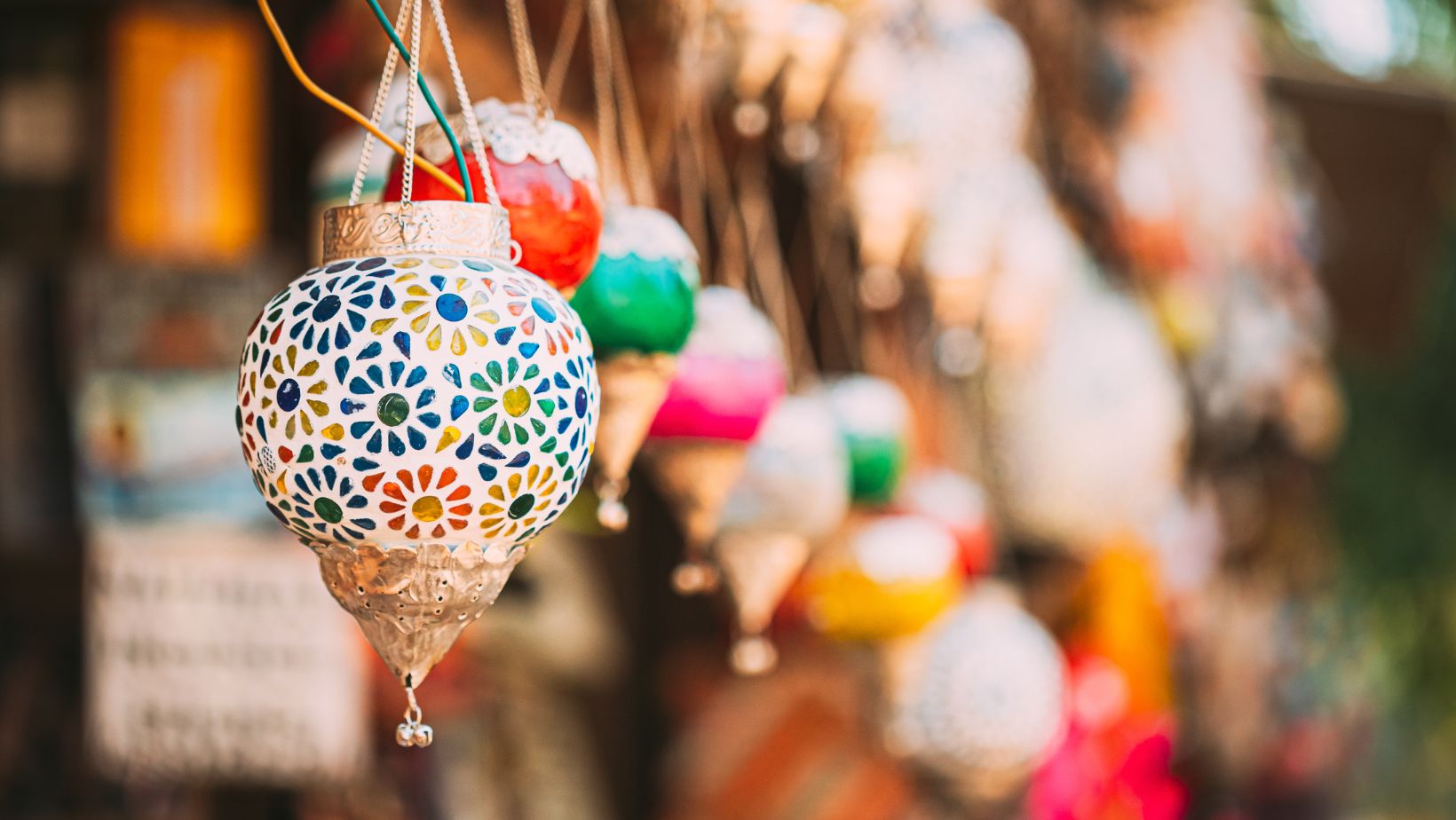Judaica holds a dual role in Jewish life, as essential ritual objects and items of meaning, memory, and artistry. Mezuzahs, menorahs, Kiddush cups, Torah pointers, and Tzedakah boxes serve practical purposes, but they’re also recognized for their aesthetic value. These items are expressions of faith, anchoring both spiritual practice and one’s own personal space.
Function and Ceremony Meeting Art
Judaica items are designed to bring beauty to ritual observance, a concept known as ‘hiddur mitzvah’ (“observance in beauty”). Beauty and purpose often go hand in hand with items like Kiddush cups, delicately etched Torah pointers, and minimalist Tzedakah boxes. Ritual time is enhanced by sensory detail, like the glint of silver and the smoothness of polished wood. Judaica objects also serve as generational markers – a Kiddush cup passed down generations carries memories into future practice. Even for secular or less-observant Jews, these objects offer continuity and a tangible thread to culture and identity.
Jewish ceremonial items expand beyond menorahs and mezuzahs. Sari Srulovitch, a Jerusalem-based silversmith, for example, crafts ritual pieces like Torah shields, pointers, and cups in clean, modern designs. She uses ancient techniques in contemporary forms; her work has been featured in the Israel Museum. Modern Judaica stretches back to designers like Ludwig Yehuda Wolpert (1900-1981), a German-born, Bauhaus-influenced creator of silver menorahs and ritual objects. Wolpert’s minimalist aesthetic helped set the tone for today.
Today’s Designers
Hanukkah menorahs are another canvas for creativity. Architecture publications and design blogs have covered this trend. Vogue’s Lauren Mechling wrote an article on the “chic” Judaica items by Dana Hollar Schwartz. The founder of a PR firm, Schwartz was looking for more modern and practical mezuzah options for their Brooklyn apartment.
 Mechling fell in love with her heritage while researching items for new designs. Schwartz hadn’t given much thought to Judaica previously, but was inspired to connect with product designer Jamie Wolfond. The pair started Via Maris, whose Instagram account has been described as a “virtual gallery” of Jewish life; their images cover everything from Romania’s Great Synagogue to a Miami bar mitzvah from 1979. Schwartz says she collects images that are not “Wikipedia Judaism”; she seeks to showcase the variation in Jewish culture.
Mechling fell in love with her heritage while researching items for new designs. Schwartz hadn’t given much thought to Judaica previously, but was inspired to connect with product designer Jamie Wolfond. The pair started Via Maris, whose Instagram account has been described as a “virtual gallery” of Jewish life; their images cover everything from Romania’s Great Synagogue to a Miami bar mitzvah from 1979. Schwartz says she collects images that are not “Wikipedia Judaism”; she seeks to showcase the variation in Jewish culture.
Susan Alexandra, founded by Susan Korn, released a Judaica collection and celebrated with friends and family with a Hanukkah-style dinner. At Tribeca’s Hall des Lumières, an interactive art museum, guests listened to a live klezmer band (Isle of Klezbos). Korn’s collection included charms, t-shirts with the phrase “mommy’s little matzoh ball”, caps with “my other hat is a yarmulke” and colorful menorahs. She said the aim of the collection was to bring joy, and noted that the Talmud says that joy must always be prioritized. Zach Schiffman performed his comedy and Korn later made a speech on Jewish joy.
Last Word
Judaica is about presence as well as tradition. These objects mark holidays, but they also shape the everyday and connection with others. Modern designers are reintroducing Judaica with new form, texture, and story. A menorah can be joyful; a Kiddush cup can feel both ancient and new.
